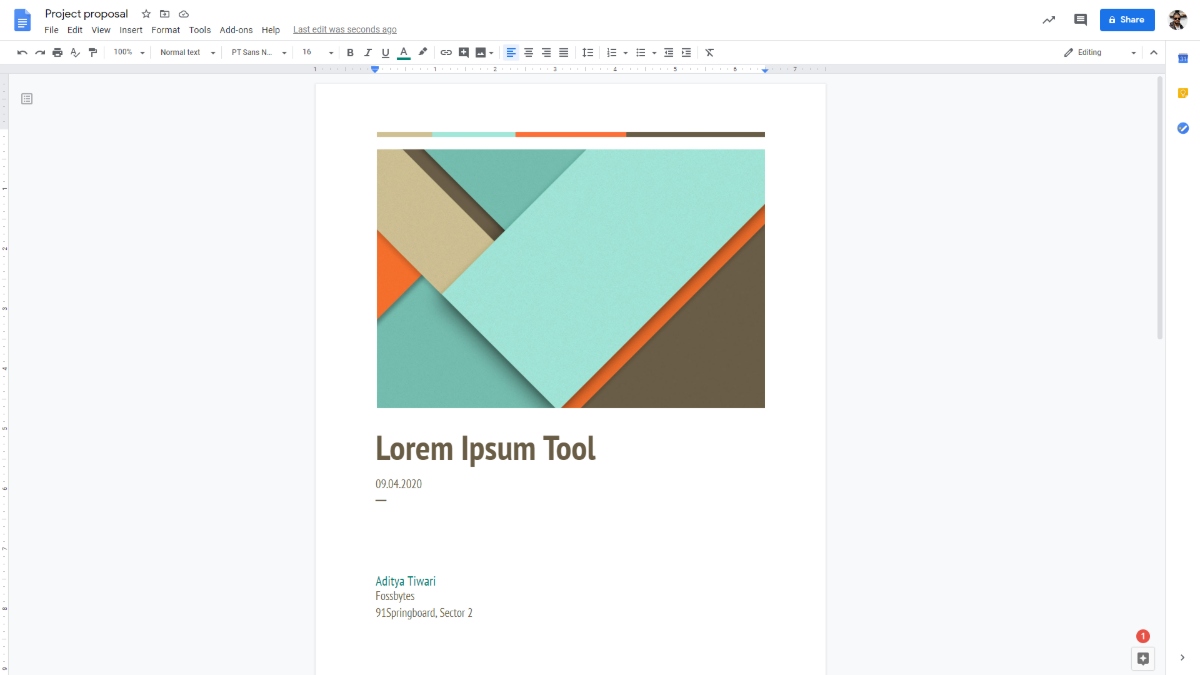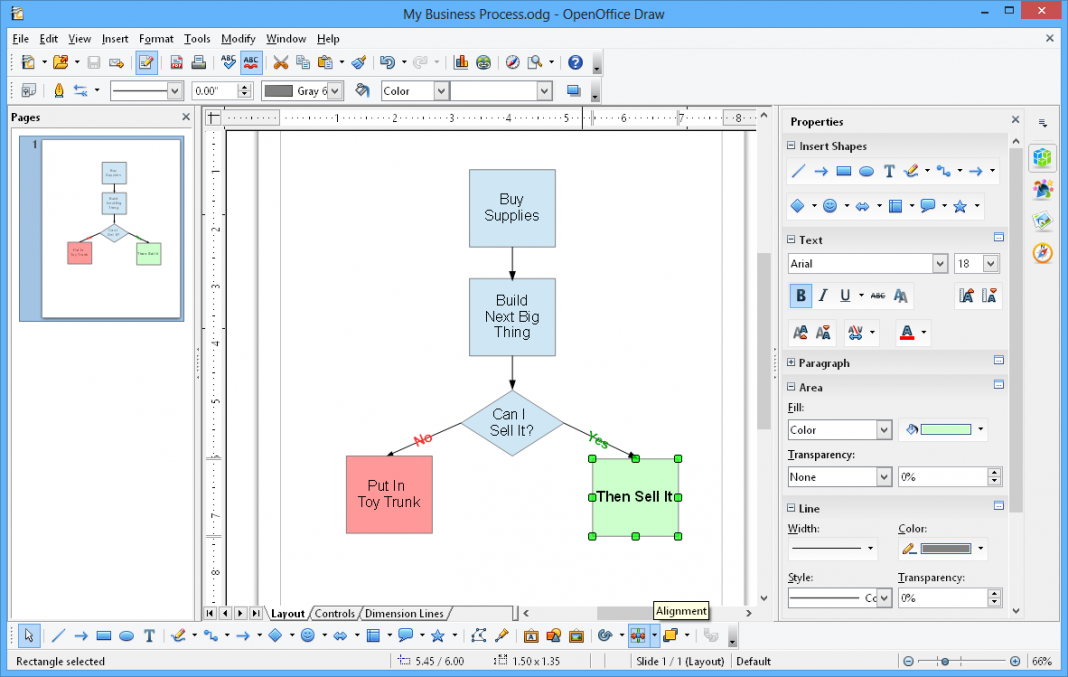
Knowing how to insert comments is also important, and you can find both of these features in your Review tab.Microsoft Office Suite, also known as Microsoft 365, is one of the most widely used computer software packages. Track Changes: If you are reviewing a draft of someone else's work, it is important to be able to use the Track Changes feature, which displays any changes from the original text, such as added or deleted words, or updates to formatting, in a differently colored, underlined font.Shapes and text boxes can at times be unwieldy because it's more difficult to get them to overlap, and they can sometimes jump around the page, but once you get the hang of it and understand the quirks, you’ll be a master. Word makes it easy to create a flyer once you know how to use SmartArt and text boxes. It’s also useful for things like flyers and signage. Using SmartArt & Text Boxes: MSWord is great for more than text-based documents.Template Building & Editing: Once you create something you like, you can save the template and reuse it again and again.Formatting can involve things like custom repeating headers, multiple columns, page numbering, and font and color choices. It will greatly benefit you to learn the basics of these functions because they’re core to using MS Office. Formatting & Page Setup: Many people feel unable to grasp the basics of MS Word's seemingly difficult-to-use formatting and page setup functions.Don’t underestimate the power of a well-placed line divider or a sparingly applied color scheme. Beyond the basics of making spreadsheets visually palatable, Excel provides a host of formatting options you can apply to make your data more easily readable and aesthetically pleasing. Spreadsheets that are formatted using consistent font sizing, brand-specific colors, and uniform spacing will be better received by colleagues and bosses.



Formatting: There’s no rule that says spreadsheets have to be ugly or boring.Get familiar with the formulas for simple math calculations, and then learn commonly used skills such as how to link data from one spreadsheet to another, how to find information in large data sets using formulas like VLOOKUP, and how to use the filter and subtotal functions to sort and present data in visually appealing formats. Formula Functions: Knowing how to use basic formulas in Excel can help you create spreadsheets that provide real value to your employer.Pivot tables do automatic actions like sorting and averaging to help you parse data quickly, using formulas, sorts, and other functions that would otherwise take hours to extract for data analysis. Pivot Tables: You can manage, sort, and analyze data in a number of ways using Excel if you’re able to master the art of the pivot table.


 0 kommentar(er)
0 kommentar(er)
